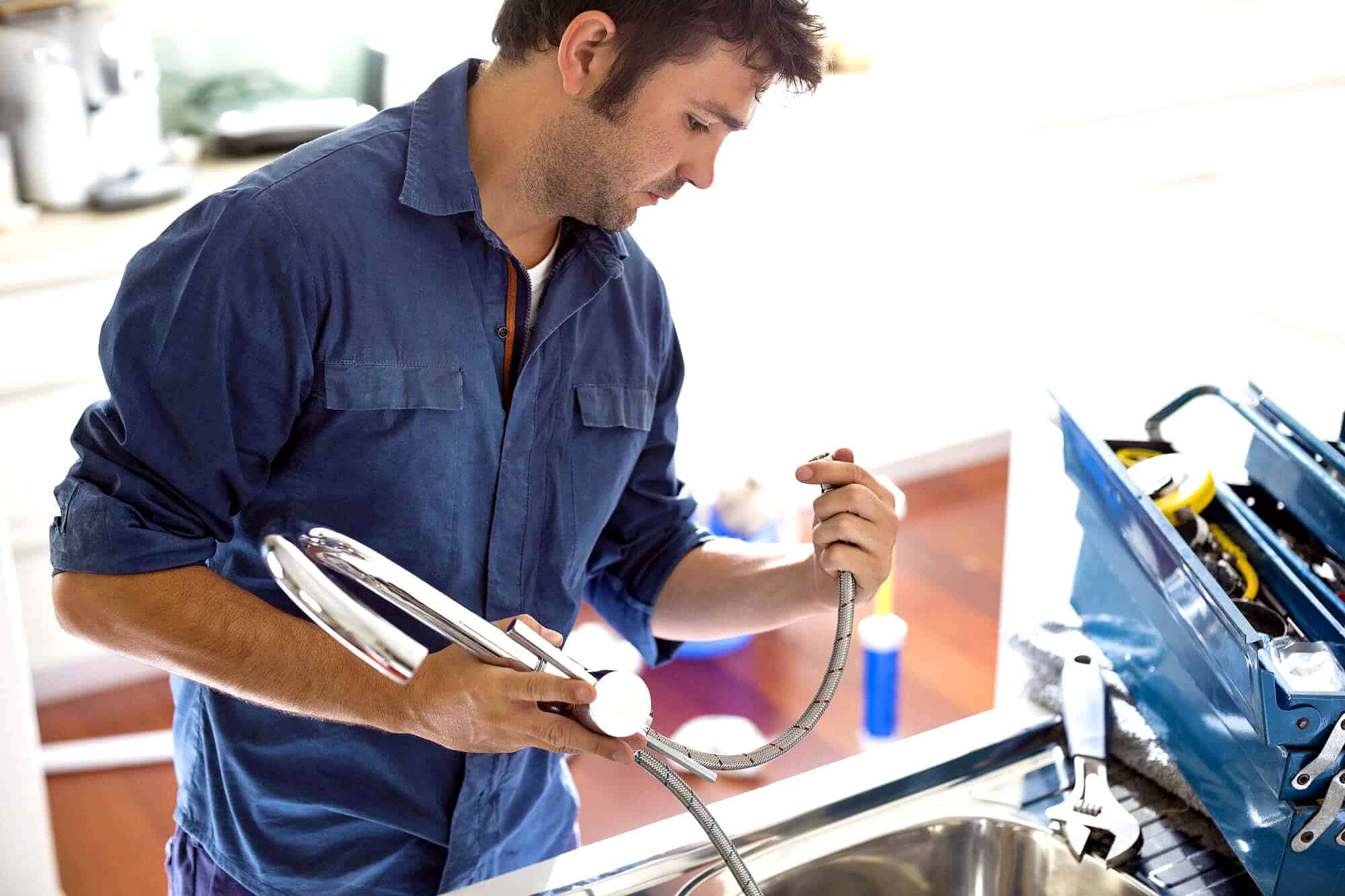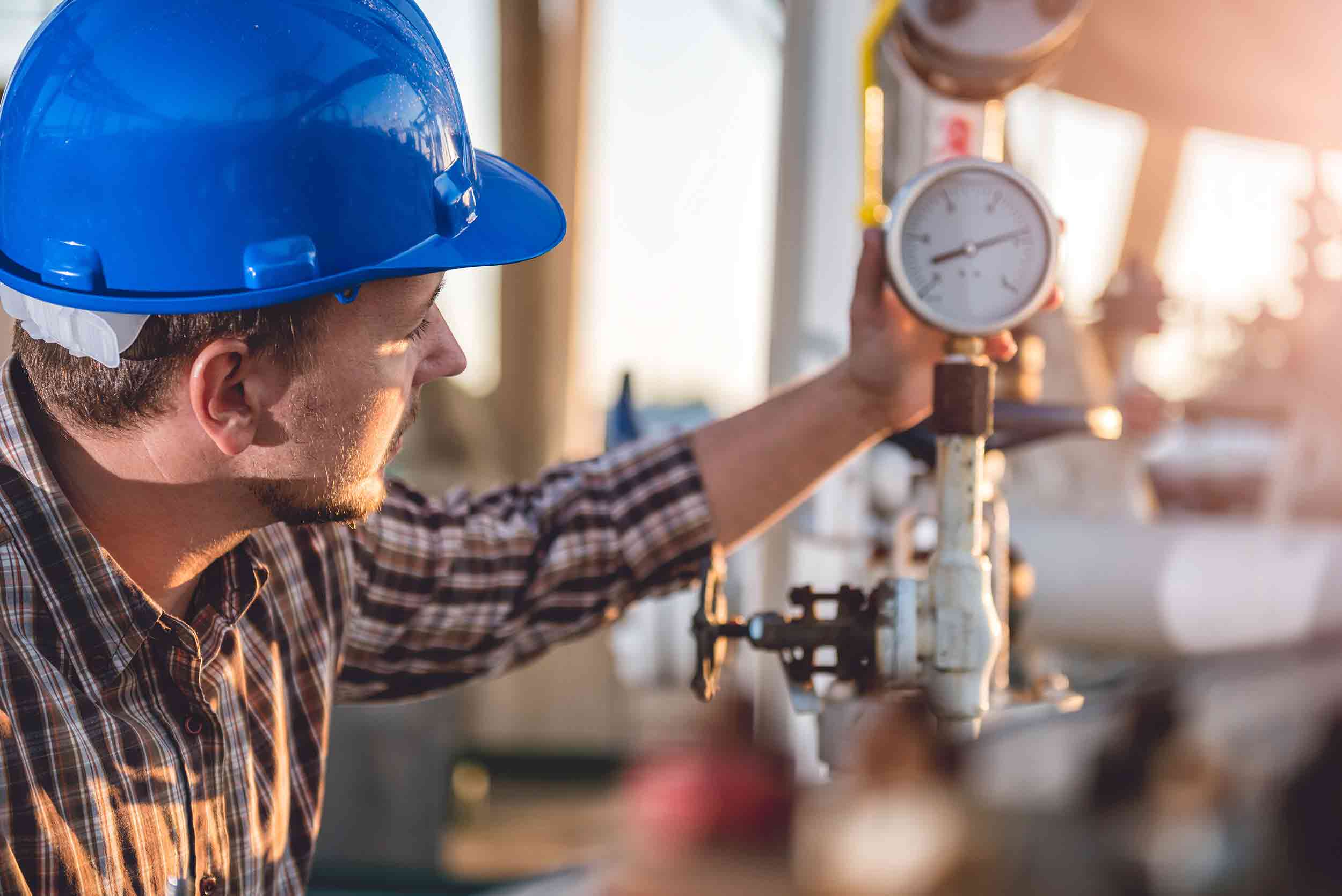
ndustrial stainless steel piping is widely used in various industries due to its excellent corrosion resistance, high durability, and versatility. It is a preferred choice for transporting fluids, gases, and chemicals in demanding environments.
Here are some key aspects of industrial stainless steel piping:
Corrosion Resistance: Stainless steel is known for its exceptional resistance to corrosion, making it suitable for handling corrosive substances. It withstands harsh chemicals, moisture, and high temperatures, ensuring long-term performance and reliability.
Strength and Durability: Industrial stainless steel piping offers high strength and durability, allowing it to withstand heavy loads, pressure, and mechanical stresses. It is often used in applications where structural integrity is critical.
Hygienic and Sanitary Applications: Stainless steel pipes are favored in industries such as food processing, pharmaceuticals, and biotechnology due to their hygienic properties. The smooth, non-porous surface of stainless steel discourages bacterial growth and makes it easy to clean and maintain sanitary conditions.
Versatility: Stainless steel piping is available in various grades and sizes to accommodate different industrial requirements. It can be welded, threaded, or connected using different fittings and flanges, providing flexibility in installation and modification.
High-Temperature Applications: Stainless steel pipes can withstand extreme temperatures, making them suitable for applications involving high-temperature fluids or steam. They exhibit excellent heat resistance and retain their strength and structural integrity at elevated temperatures.
Compatibility: Stainless steel is compatible with a wide range of fluids and chemicals, including acids, alkalis, oils, and gases. It offers superior resistance to internal and external factors, minimizing the risk of contamination and leakage.
Longevity and Cost-Effectiveness: Stainless steel piping has a long service life and requires minimal maintenance, resulting in cost savings over time. Its durability and resistance to corrosion contribute to reduced replacement and repair costs.




